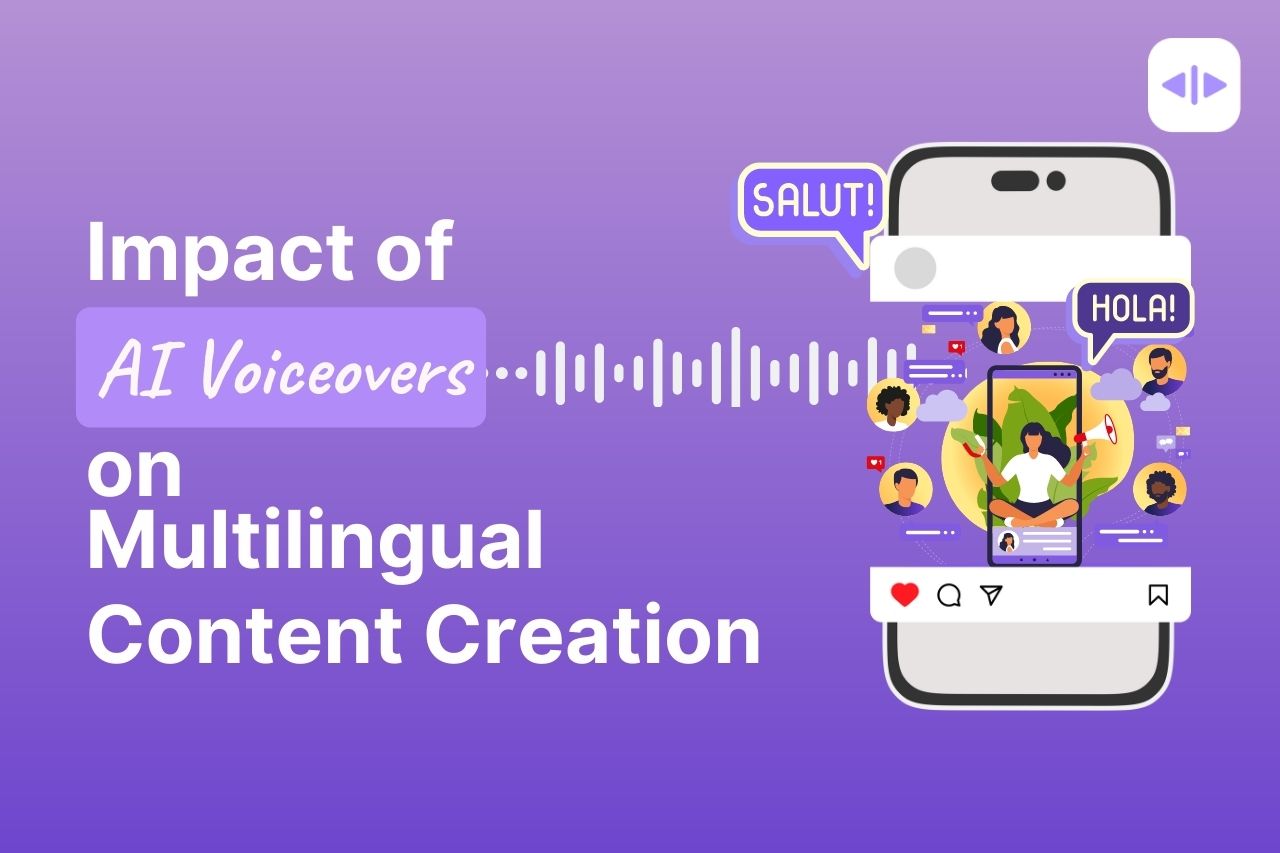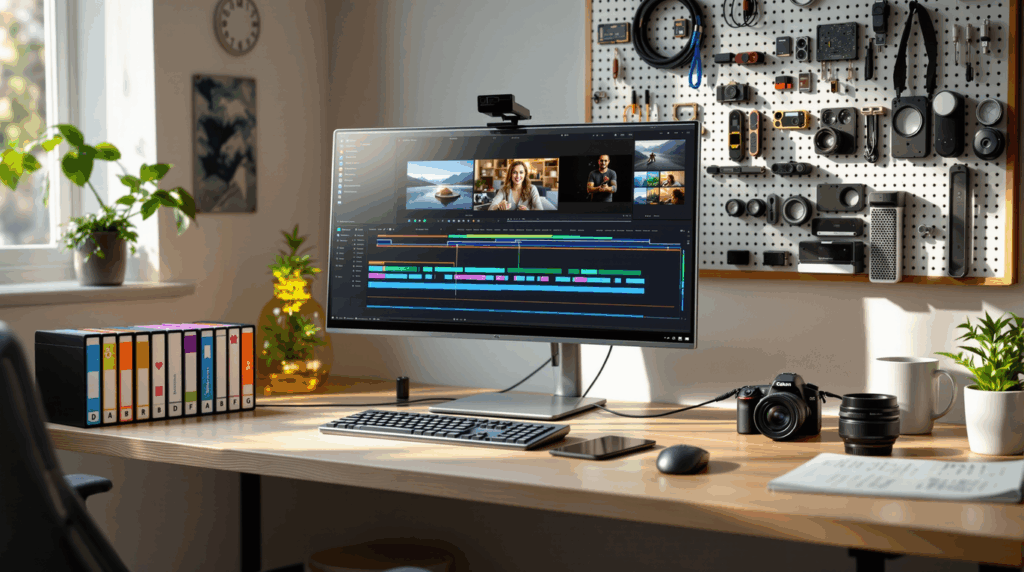In just a few years, AI has progressed rapidly, infiltrating multiple industries in record time – and the world of content creation is no exception. Incorporating AI-powered voiceovers has the potential to revolutionize the way we create and consume content. But how exactly will it change the game? Let’s dive deep into the world of AI video dubbing, and multilingual content to find out!
Introduction to AI-powered Voice-overs
As technology evolves, content creators search for new ways to improve their output and reach wider audiences. That’s where AI-powered voiceovers come in. Artificial Intelligence can generate realistic, human-like voices using text-to-speech (TTS) technology, making it an excellent option for various content formats – whether it’s video dubbing or creating multilingual content.
Benefits of AI Dubbing
While traditional human voiceovers carry a certain charm and warmth, there are several benefits to incorporating AI-powered voiceovers into your content creation toolkit:
Cost-effectiveness
Traditional voiceover artists can be pricey, particularly for smaller businesses and independent content creators. In contrast, AI-powered voiceovers offer a more budget-friendly alternative, allowing content creators to produce professional-sounding material without breaking the bank.
Time-saving
Artificial Intelligence voice-over software can turn text into speech almost instantly, saving valuable time for content creators. In comparison, human voiceover artists may require several days to record and edit audio, potentially delaying the completion of a project.

Accuracy and Consistency
AI can work 24*7 without any coffee breaks. This is why AI-powered voiceovers ensure consistency and accuracy across all audio content helping you build a strong positioning. Creators can easily make changes to scripts without needing to re-record entire sections or worry about discrepancies in pacing, tone, or pronunciation.
Multilingual Capabilities
As a creator, you wish to leverage your content and the internet to expand your views to a global audience. The solution to this is multilingual content. AI dubbing tools can quickly generate audio content in various languages and accents within minutes, enabling content creators to cater to a diverse range of viewers with minimal effort.
The Intersection of AI Voice Overs and Multilingual Content
As the demand for multilingual content grows, so does the need for efficient localization solutions. AI-powered voiceovers and video dubbing play a crucial role in bridging the gap between global audiences and content creators:
- Breaking language barriers: AI-generated voiceovers enable businesses to break down language barriers by offering high-quality translations and voiceovers in multiple languages, making content accessible to a broader audience.
- Improving user experience: By adapting content to cater to various languages and dialects, businesses can provide an improved and more personalized user experience, leading to increased customer engagement and satisfaction.
- Boosting conversion rates: With content available in multiple languages, businesses can connect and communicate with their diverse audience more effectively, driving conversion rates and revenue growth.
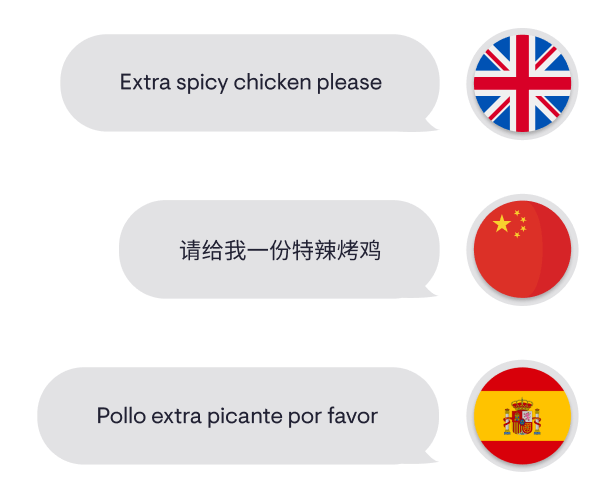
Challenges and Limitations of AI-powered Voiceovers
While AI dubbing offers numerous advantages, it is important to consider its limitations, too:
Emotive Range & Naturalness
One of the main challenges AI voiceovers face is replicating the nuanced emotions and naturalness of human speech. Despite recent advancements in TTS technology, AI-generated voices cannot completely replicate human intonation and gestures, potentially detracting from the overall quality and impact of the content.
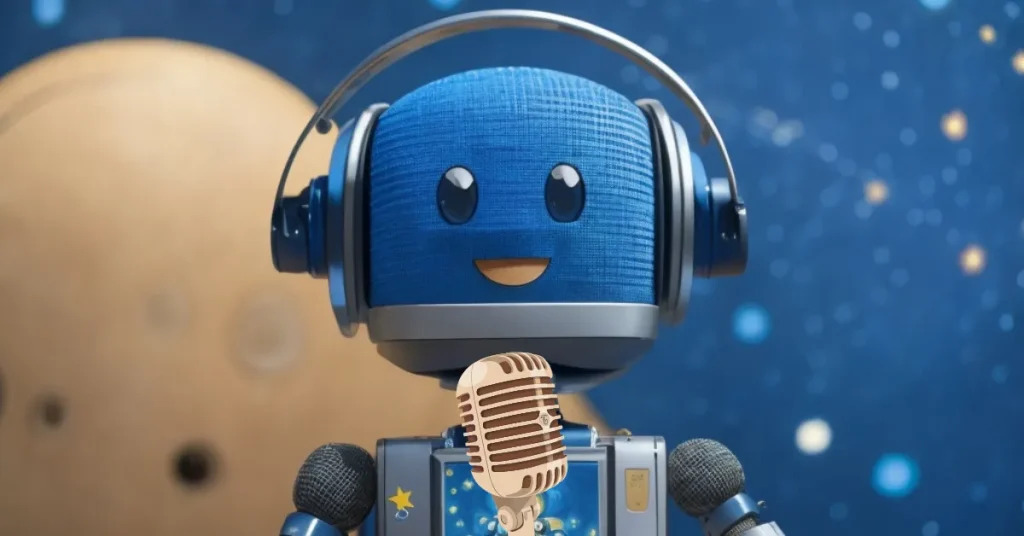
Ethical Concerns
There are also ethical concerns surrounding the use of AI-generated voices in content creation. AI-powered voiceovers are frequently used without consent, potentially abusing copyrights and infringing on voiceover artists’ rights. As technology advances, stronger regulations and guidelines will need to be put in place to mitigate these ethical issues.
Loss of Employment Opportunities
The rise of AI-powered voiceovers could potentially result in job losses within the voiceover industry. As demand for AI-generated voices grows, traditional human voiceover artists may see their work opportunities decline. However, it’s important to remember that there will still be a need for human talent, especially where emotiveness, nuance, and character are vital to a project.
AI-powered voiceovers in various industries
AI-powered voiceovers are already making their mark in several industries, such as:
Video Production
From explainer videos to documentaries, AI-generated voiceovers provide an efficient option for video dubbing and production. In particular, AI dubbing technology can simplify the process of creating multilingual content, opening doors for big and small content creators aiming to reach international audiences. Small creators and businesses rely on text-to-speech technology to generate a voice for their brands. Others leverage AI video dubbing to create content in different languages.
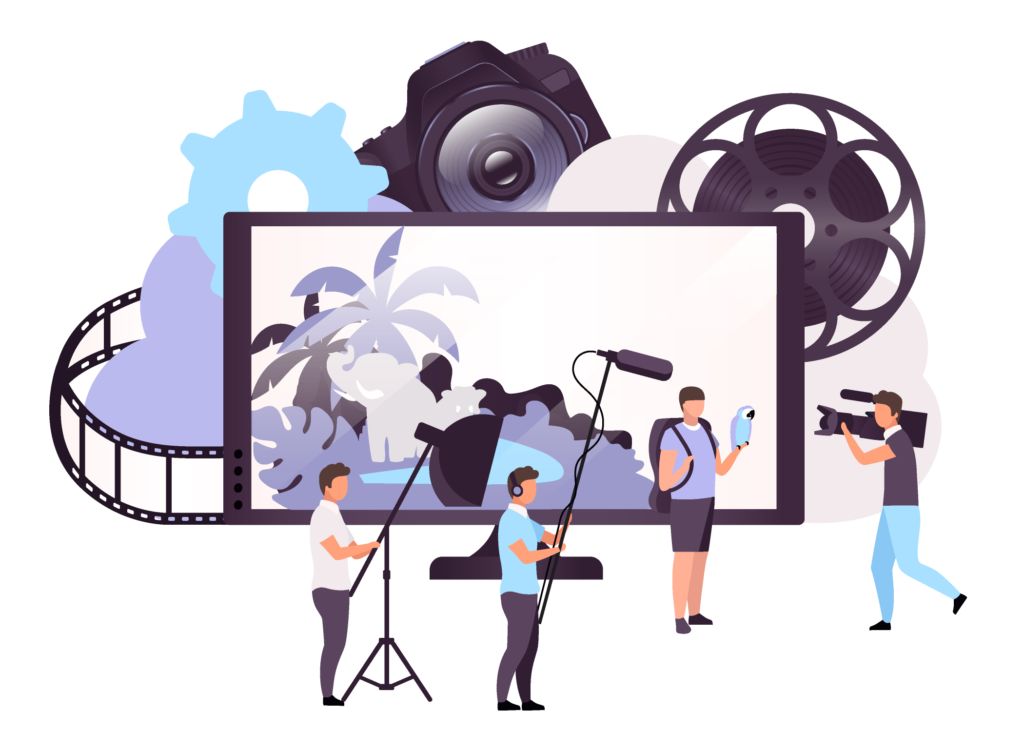
E-learning
AI-generated voiceovers can revolutionize the e-learning sphere by providing consistency and accessibility across multimedia learning materials. Studios dedicated to e-learning content can rely on AI-powered voiceovers to rapidly create courses in multiple languages, catering to diverse learners globally. Several educators, creators, and platforms use Dubverse Dub and TTS to generate a voice for their message.
Gaming
The gaming industry too uses AI-powered voiceovers for localizing video games and adapting them for different linguistic markets. It saves time and resources for game developers by automating parts of the voiceover process, particularly during the prototyping and testing stages.

Advertising
Incorporating AI-generated voiceovers in advertising help brands target customers more effectively in multiple languages and dialects. With the potential for quick modifications and updates, AI-powered voiceovers offer advertisers unprecedented flexibility when creating engaging campaigns within a limited time and budget.

Conclusion
AI-powered voiceovers are undoubtedly transforming the content creation landscape, offering multiple advantages such as cost savings, efficiency, and multilingual capabilities. With the ever-increasing need for businesses to expand their reach globally, the demand for multilingual content has never been higher.
Not only this, large platforms like YouTube and Netflix are also pushing for global and regional content. Even though the technology still faces challenges, content creators can still benefit from AI-generated voices to build scalable, high-quality, ethical, and impactful video content efficiently to become global.
